Ed Note: A re-post of this comprehensive Trout Spey Gear Roundup scribed by John this past month. We thought it important to post again as we now headlong into the TROUT2H Season. Swing Season has arrived!
SWING SEASON 20-21
October is here, and that means we’re hearing the word “swing” around the shop more and more each day. Autumn days spent swinging streamers for angry Browns, and soft hackles for hungry Rainbows is now very popular on the Missouri and other Montana a and Idaho rivers. Two-handed rods – often referred to as “spey” rods – are the tool of choice for many. Headhunters has become well known for it’s two-handed trout gear, information and guides. Each fall, we try to provide a buyers guide for those looking to expand their Trout Spey quiver, and for those looking to get into the game for the first time.
The unseasonably warm weather lately is delaying swing season a bit, but we are doing some guided swing trips, and gear is already starting to move. The Missouri is not the only trout spey venue in the state, and this is an excellent time to hit Montana freestones like the Blackfoot, Yellowstone and Clarks Fork. October Caddis are hatching, and that bug is very important if you’re a swinger.
Away we go…
TROUT SPEY RODS
There’s only one new Trout two-handed rod (TROUT2H) we’re introducing for the 2020-21 Swing Season, and one that was a little late to the show last fall. Orvis has added 3, 4 and 5 weight models to the recently introduced Mission Spey series, and they are an excellent addition to our line-up. Arguably the highest performing Trout Spey rods we have ever thrown . The OPST Micro-Skagit rods were introduced late last fall, and by the time we had them in the shop the weather had turned and they didn’t get a lot of traction. Too bad, they’re great rods and offer something different and unique to the fleet. We are also expecting something new from Redington in the next few months.
We consider trout Spey rods to be designated 2-3-4 weight, or under 350 grains. We acknowledge that a 5 weight has it’s place, but generally find it to be overkill for 90% of trout anglers and situations. The 2-4 weight range roughly equates to 4-6 weight single handers, the most common trout rods. 3wt and 4wt weight Trout Spey rods are the most popular, and just like the single-handed equivalents (5wt and 6wt), the split is pretty even. Like single-handers, there can be a wide variation between rods within the designated line weight.
START WITH A SINGLE HANDER?
We often recommend that folks who just want to stick their toes in the water begin by purchasing a spey line for their single hander. We can help you find the right line for any of your existing rods, and spey casts can easily be executed on single-handed rods. Some anglers prefer to use a single-hander, and the new OPST Micro-Skagit rods blur that line. Get into your rod quiver and choose something at least 9 feet in length with a slow to moderate action (not too stiff/fast). We find that mono shooting line setups are much easier with a single hander. Hint: budget rods often have a clubbier, slower action vs. high end modern rods. This usually works well for spey casting, so bust out that old Temple Fork you bought years ago… it might be perfect.
TROUT TWO-HANDER INVENTORY ISSUES
Due to the pandemic, inventory has been a little tight from some of our manufacturers. We are trying to get rods in as soon as they become available, but sales have been brisk, and manufacturing has slowed. If you think you want a specific TROUT2H, we suggest you buy it as soon as you see it. As we run out of specific models, they may not be available again until next spring. In fact, we are headed into the Swing Season a little short on some of our favorite models.
SAGE TROUT SPEY HD
This highly regarded rod won “Best Spey Rod” at the 2019 Fly Tackle Dealer Show. Not best “trout spey” rod. Best spey rod. It’s been a popular rod at the shop. Considering it’s the most expensive Trout2H we carry, that’s proof that it definitely lives up to the hype. This rods sits right in the middle of the power/finesse curves. It does everything well, and it has the power to throw Skagit heads, tips and streamers, but is an excellent soft hackle rod as well. It also comes in the Unicorn size – 1 weight Spey – that definitely draws the interest of the soft hackle crowd. While it’s an excellent soft hackle rod and a blast to cast, we find it performs best with a head around 200 grains, which equals – and in some case surpasses – the line weight we like for 2 weight rods. We typically compare it to the ACR Nova 180gr 2 weight.
While the 1 weight may be the ultimate soft hackle stick, the 11′ 3 weight is the most popular do-everything model. The 2 weight is not popular, I suspect because if you’re going to get a 2 weight, why not go for it and get a 1 weight, right? But it’s a great rod, as is the 11’3″ 4 weight for those swinging Skagit heads, sinking tips and big streamers. Did you notice there’s a model missing? We don’t carry the 10’3″ 3 weight, as it has been very unpopular, even among the most ardent Sage fans.
PRICE: $900
COLOR: Dark Brown with gold trim. Matching aluminum rod tube
REEL SEAT: Down-locking
AVAILABLE SIZES: 10’9″ #1 (200gr) | 10’9″ #2 (225gr) | 11′ #3 (275gr) | 11’3″ #4 (330gr)
ORVIS MISSION
NEW! The Two-handed Mission series was introduced in 2019, but the ultra-light trout spey sizes just became available in the last month. As the newest member of our Trout2H lineup, we have the least experience with these rods, but so far we are super impressed! Superb power and distance is the first thing you notice when you pick up the Mission. They don’t feel as light in the hand as some of the shorter models in our lineup, but once you start casting them they feel light, lively and responsive. It’s a little unusual to see both the 3 and 4 weight built the same length (11’4″), but we trust that the designers at Orvis know what they’re doing.
These rods lean on the powerful side of the curve, but are built on a traditional spey action. Distance – especially when rigged with a mono shooting line – is incredible, and it requires little effort. We don’t do any “distance testing” around here, but if we did my money would be on this rod. The extra length also makes it an excellent choice for Snake roll, single spey and other touch and go casts.
The 3 weight is a do-everything rod that we’ve tested with 5X / #14 soft hackles as well as 0X / deep tip / bulky streamer setups. It’s an excellent choice for big rivers, and while I wouldn’t choose it as a soft-hackle specific rod, it does the job and we’ve not had any trouble fishing light tippets. The 4 weight is a great choice for bigger water, 3X tippet or heavier, and medium to large flies. Orvis also introduced a 12′ 5 weight Mission this fall, be we consider that to be more in line with Summer Steelhead fishing, at which I’m sure it excels.
PRICE: $798
COLOR: Satin Grey with orange trim. Orange and black aluminum tube.
REEL SEAT: Down-locking
AVAILABLE SIZES: 11’4″ #3 (240-270) | 11’4″ #4 (300-330gr)
G LOOMIS IMX PRO Shortspey
The G Loomis IMX Pro Shortspey series has been a consistent seller for several years. All models are 11’11”, it is the longest TROUT2H we carry. The added length tends to drive casters to or away from the IMX Pro. On the positive side, it adds distance to your cast, mends superbly, and helps pick up and cast heavy tips. Negatives include heavier swing weight, it’s more tiresome for smaller and less powerful casters, and can be a bit “too much” rod when fishing small freestones.
It’s an excellent choice for the Missouri River, and the rod I grab first when throwing Skagit heads, especially with heavy tips. The action is a tad bit slower than the Orvis Mission, but it does not lack power. We find that sustained anchor casters like this rod more than faster stroke touch-and-go casters. It’s a great rod for long distance casting with Skagit heads, and line control while swinging the fly is phenomenal. The G Loomis IMX Pro Shortspey is also our default Steelhead rod at Headhunters, the only model we carry in sizes above 4 weight. The 5, 6 and 7 weights are outstanding rods for Summer and Winter Steelhead, Salmon and lake run fish.
PRICE: $605
COLOR: Green with Silver trim
REEL SEAT: Down-locking
AVAILABLE SIZES: 11’11” #3 (240gr) | 11’11” #4 (330gr) | 11’11” #5 (360gr) | 11’11” #6 (390gr) | 11’11” #7 (450gr)
OPST Micro Skagit
NEWish New to Headhunters last fall, the OPST Micro-Skagit series is definitely the oddball of our lineup. The 3, 4 and 5 weight models all have a hybrid grip (single hand on top, two hand on bottom). They are beautiful, incredibly light rods that generally run about a foot shorter than equivalent models from others makers. They also use a bit different line rating system. We consider to the 3 weight to be comparable to the 1 and 2 weight models we carry, the 4 weight similar to 2 and light 3 weights, and the 5 weight should be considered a 3 or light 4 weight rod.
The short, lively action will be reminiscent of a modern single hander when you first pick up the rod. Electric, and it will make you want to cast it immediately. If you like to move back and forth between single-handed and two-handed spey casting, this is the only real choice. If I spent mid and late summer swinging soft hackles through the riffles of the Big Hole or Bitteroot, this would be the rod I’d choose. Because it’s so light in the hand, it would also be a great choice for Stillwater spey fishing.
We highly recommend stringing the Micro Skagit up with mono shooting line for the easiest and most fun casting. While the design is different, you’ve heard me say it: Don’t question Ed Ward.
PRICE: $599
COLOR: Charcoal with black and metallic blue wraps.
REEL SEAT: Up-locking
AVAILABLE SIZES: 9’9″ #3 (150-175gr*) | 10′ #4 (175-200gr*) | 10’4″ #5 (225-250*)
*OPST Commando
ECHO Trout Spey
The Echo TR (below) is one of the most popular Trout Spey Rods on the market, but few seem aware that Tim Rajeff has designed another model. The ECHO Trout Spey is a premium rod, with a lighter and quicker action that the TR. It is also available in a 2 weight model. A versatile rod that can do anything you ask of it, we especially like this rod when rigged with a Scandi line. The low swing weight and faster tip are great for those with a quicker stroke. But it’s a fine Skagit rod as well, and the 2 weight is a great choice for ultra-light Skagit lines.
You will notice that the grain window/line weight is far different for the Trout Spey vs. the Echo TR. Choose this rod if you want to throw floating lines, have a quicker stroke, and if you like touch-n-go style casts. Choose the TR for Big Skagit heads with sink tips, large streamers, and if you are a slower sustained anchor caster.
PRICE: $499
COLOR: Dark Green with gold trim
REEL SEAT: Up-locking
AVAILABLE SIZES: 11′ #2 (180-210gr) | 11′ #3 (240-270gr) | 11′ #4 (300-330gr)
ACR Nova II
The most popular and in demand Trout Spey Rod at Headhunters, the ACR Nova II combines great performance with excellent build quality and a great price. Built by real Spey bums in Ashland Oregon, ACR rods are produced on a small scale, and we typically sell them as fast as they arrive. And some have just arrived.
The ACR Nova II’s will do anything, but we think they lean towards the Scandi/finesse side of things. They throw lines slightly on the light side, and when rigged with a Scandi head or integrated line, they make you smile. The 11′ 3 weight is a great rod for freestones, and for fall on the Missouri when we tend to throw Scandi heads, soft hackles and small leeches. It has no problem when you add an intermediate poly-leader. The 11’3″ 4 weight is probably the lightest 4 weight we carry, and loves a 270gr head, as opposed to the 300-330gr heads typical of most 4 weights. This is a 4 weight you can throw soft hackles on, as well as streamers, the most versatile 4wt I can think of.
If ACR rods have a weak point, I’ve always felt you can max them out with a heavy Skagit, sink tip and big fly. I fish the ACR 11’3″ #4 as much as any rod I own, but I tend to stow it when I want to go big and heavy. It will do it, but you can feel it reaching it’s limit.
If you’re looking for a 2 weight ACR, you’ll find it described below.
PRICE: $495
COLOR: Natural gray with green wraps
REL SEAT: Up-locking
AVAILABLE SIZES: 11′ #3 (230gr) | 11’3″ #4 (270gr)
ACR Nova Soft Hackle Custom
NEWsorta When ACR introduced the Nova II series, we were bummed to find out the the 10′ 8″ 2 weight wasn’t introduced along with the 3 and 4. The 2 weight was a very popular rod at the shop, so we asked the folks at ACR if they had any original Nova 2 weights laying around in the basement. The answer was “yes”, and of course they’d whip us up a few.
Those who own one know this is one of the sweetest soft hackle rods around. It will protect any tippet, and casually throws a nice tight loop with a 180 Scandi. Though it’s mellow, it has the energy to pull a coated running line through the guides. Not every rod does this in the 150-180gr window.
Nuff said. These are limited in availability, and ACR has wrapped us up some with blue or green wraps. When they’re gone, they’re gone. Other than that, the same great hardware and workmanship the Nova series is know for.
PRICE: $450
COLOR: Natural gray with blue or green wraps.
REEL SEAT: Up-locking
AVAILABLE SIZES: 10’8″ #2 (180gr)
Orvis Clearwater Spey
The Clearwater Spey series is one of two entry-level rods anglers should consider (the other being then ECHO TR). Clearwater spey rods fly under the radar, and don’t get the respect they deserve. A touch lighter and quicker than the TR series, the Clearwater trout Spey Rods are “tippier” casters, and trout anglers will identify with the progressive action. If you like practice a high-tip style of spey casting, you will love these.
Both the 3 and the 4 weight are on the light side of their respective weights due to the relatively light tip. If you overline these rods and apply max power – you can collapse them. I like to fish these rods on the lighter side, using 210-230gr on the 3 weight, and 270-300 on the 4 weight. While the action is totally different, this corresponds to the ACR Nova rods. They 3 weight is an excellent rod for soft hackles and small buggers. The 4 weight is the newer of the two, and a fantastic rod that gets positive comments from everyone who throws it. We highly recommend it as a do-everything first trout Spey Rod that’s perfect for early winter on the Missouri (October Caddis, Pig Pen Leeches, Montana Intruder, etc.).
PRICE: $398
COLOR: Satin gray with gray wraps
REEL SEAT: Up-locking
AVAILABLE SIZES: 11’4″ #3 | 11’4″ #4
REDINGTON Hydrogen Spey
The Redington Hydrogen is another entry level trout Spey Rod the has been an excellent seller at Headhunters. Not everyone likes the Bassmaster reel seat, and the build quality could be a bit better, but the action and performance is excellent across the range. It’s common to see our guides using this rod for their customers, always a sign of great price to performance. If you want to get into a 200gr rod for tiny soft hackles, this has long been the least expensive way to do it.
Redington is no longer offering the Hydrogen, and has not announced it’s replacement yet. This is the last of our inventory, and we expect them to go quickly.
PRICE: $349 Sale $299
COLOR: Satin gray with gray wraps
REEL SEAT: Down-locking
AVAILABLE SIZES: 11′ #2 | 11’6″ #4
ECHO TR Trout Spey
Until the ECHO TR Trout arrived at our shop, we used the lightest Steelhead switch rods we could find. The TR changed all that (along with the OPST Commando Head). The TR Trout has been one of our top sellers for several years. There are newer Spey Rods with high-tech resins and cooler paint jobs, but the TR remains the F150 of our Trout Spey fleet. It just works, and on a big river like the Missouri it is arguably all you’ll ever need. It’s also a very user friendly rod, and beginning spey casters pick things up quickly with the TR. Both rods throw integrated lines very well, and many beginners prefer them.
These models have a powerful, traditional spey action, and lean to the heavy side. The 11′ #3 has a recommended grain window of 300-330… more than some 4 weights. Probably not the rod I’d choose for tiny soft hackles in July, but a very versatile grain window. I commonly go under the recommended grains with the SA Spey Lite Scandi. The 11′ 3″ #4 recommends 360-390, which is flirting with light Steelhead weights. This grain window, however, is perfect for throwing big Skagit heads, heavy tips and big flies. If you like chasing big migratory Brown trout and Bull Trout, this is great choice. We commonly match it with an Airflow Skagit Scout 360gr.
PRICE: $379
AVAILABLE SIZES: 11′ #3 (300-330gr) | 11’3″ #4 (330-360gr)
TROUT SPEY LINES
You’ll often hear me say, “choose the line before the rod”. A spey line is the most important piece of your two-handed gear. Your line needs to be matched correctly to your rod, and be able to perform the tasks you want it too. If I want to throw Galloup Streamers on a heavy sink tip, I will want a powerful Skagit head of at least 330 grains. Trying to throw those big, beautiful articulated flies on a 240 grain Scandi is not only difficult, but may drive you to gear fishing! Conversely, trying to fish a size #16 Partidge and Orange on a 360 grain Skagit will feel clumsy, and will likely result in some break-offs.
You will also need to decide if you want to fish with a shooting head system, or an integrated line. Both have pro’s and con’s. I think in a perfect world, we would all like to cast an integrated line, but the reality is that using mono shooting line gives you more distance with less effort, and who doesn’t like that. Mono does bring some handling and line management issues with it. We also find that certain rods love mono (OPST, Orvis Mission), and other rods seem to handle coated/integrated lines better (ACR, Sage HD).
Shooting head systems are also far more versatile, allowing you to change heads quickly while on the water. Using a shooting line/head system is probably least popular in lighter trout sizes. Most anglers who want a coated shooting line choose an integrated line, now that they are widely available in ultra-light grain weights.
All of the lines listed below should be considered “shooting heads”, and are shorter than the heavier, Steelhead and Salmon equivalents. This matches well with the short ultra-light Trout 2-handers as well as single-handed rods.
OPST Commando Series
OPST gets top billing because they essentially created this category. The original Commando head is still very popular, and performs great for all applications. It is also our recommended line if you want to use a single handed rod. Originally designed in a floating shooting head only configuration, the OPST Commando is also available in a “Smooth” version (integrated) and a “Groove” version (intermediate head). These lines are designed by Ed Ward (legend), and have a unique taper designed specifically for single-handed and short two-handed rods. They only come in a Skagit taper, requiring the use of a tip. Instead of building a Scandi version, OPST makes a strong argument that adding a floating tip is all you need to do. OPST has a cult-like following, and for good reason. These lines are an excellent choice for any trout spey application.
OPST uses a different grain/line weight system than other manufacturers, typically recommending 50-75 grains less than the rest of the industry. For example, OPST recommend 150-200 grains for a 3 weight two-handed rod. Most of the rods we carry would like a line in the 230gr range. Some folks recommend using the “industry norm, while other stick strictly to OPST’s recommendations. I generally use the OPST recommendations, usually leaning to the heavier side. Like I said… you don’t argue with Ed Ward.
Scientific Anglers Spey Lite
The Spey Lite series from Scientific Anglers are the most popular TROUT2H lines at Headhunters. They are excellent performers, and come in every configuration. Integrated and head versions of Scandi, Skagit and Intermediate Skagit are all available. Integrated lines have a heavily textured black transition section that you not only see but “feel and hear” letting you know when you are at the correct starting position. A great feature when the light is low.
The Spey Lite Scandi is by far our most popular floating presentation choice. It’s a bit of a hybrid line, possessing more power and turnover capability than a true Scandi head. This allows it to be used for sustained -anchor style casting, as well as traditional Scandinavian style casts. We commonly add a 7 or 10 foot intermediate Sonar Leader (poly leader), which adds length that some caster prefer, and helps the head “stick” on anchor. Helpful on those windy Missouri days. We use this line when throwing tiny soft-hackles and streamers in the late fall/early winter. This is the line most people like to throw the most, and single handed anglers moving into the TROUT2H game will identify most with this line.
The SA Spey Lite Skagit heads both perform equally well. They match up particularly well with shorter 8′ TC tips from Scientific Anglers. The Skagit Intermediate seems to fish a little deeper than expected. If you have a situation where you really need to get deep, this is probably the best choice.
RIO Trout Spey
RIO provides the angler with both Skagit and Scandi heads and integrated fly lines for ultra-light applications. As one of the leaders in the North American Spey revolution, RIO has tremendous experience designing lines for spey casting. Recently revamping their trout spey series, they interestingly refer to models as “Skagit Trout Spey” and simply “Trout Spey”. The Skagit is self explanatory, but the Trout Spey is actually RIO’s Trout Scandi model.
A bit less hybrid than the SA Spey Lite Scandi and more of a true Scandi head, the RIO Trout Spey is not as versatile. In general, we would argue that the Spey Lite Scandi is a more versatile line with the ability to turn over bigger and heavier flies. BUT… if you are actually looking for a true Scandi line with a longer, more delicate front taper, the RIO Trout Spey should be considered. Mid-summer soft hackle fishing in delicate situations with spooky trout requires a light landing and accurate line like the RIO Trout Spey. It would also be a good choice for touch and go casters, and as a line for single handed rods.
Airflo Skagit Scout
The Skagit Scout is a smooth and powerful Skagit head designed for shorter two-handed rods. This is not a head for swinging soft hackles. This is a head for delivering big leeches on full sinking tips. This head seems to generate its own power, and sustained anchor casters love it. We highly recommend this line for full time sink-tip anglers who fish big water like the Missouri, Yellowstone and Snake. It is also well matched with our most powerful TROUT2H rods, like the Loomis IMX PRO, Echo TR and Orvis Mission.
This is also a great choice for a Steelhead rod in shorter lengths like the IMX PRO Shortspey 5, 6 and 7 weight rods.
SHOOTING LINES
If you’ve decided you want to go with a shooting head system vs. an integrated line, you next need to decide which type of shooting line you will use. Your choices include traditional coated lines (built like a fly line) or monofilament shooting lines, and others we won’t go into here.
Years ago – when we fished with Mo’ with 6 and 7 weight rods – we typically used coated shooting line. We found that the heavier 390gr+ heads we used had no problem pulling the thicker coated line through the guides. And, the coated lines had better handling properties and cold weather performance than monofilament.
However, as we began using lighter and lighter Trout spey specific rods, we found that the heads under 300gr had a difficult time pulling that thicker line through the guides. This is especially true when teaching beginning casters and while guiding. Nothing is more frustrating (for guide or angler) than knowing every cast is landing a bit short. At the same time, integrated lines became widely available so if we did want a coated shooting line, we would just use those.
In general, we find that mono shooting line is tougher to handle when our hands are cold and wet, requires the angler to “stretch and straighten” the line before fishing, and coils up in very cold conditions. On the plus side, it shoots so effortlessly you can cast it like Uncle Rico.
Coated shooting lines, on the other hand, provide excellent handling in cold and wet conditions and do not coil up. But they definitely do not shoot as far, or more importantly as easily. And, in below freezing conditions, these lines carry more water back into the rod resulting in more iced up guides to deal with.
Scientific Anglers Absolute Flat Mono Shooting Line
This is my current favorite mono shooting line because it straightens out the easiest, performs the best in cold weather, and is inexpensive at only $14.95 for a 30M spool. I’ve used it extensively myself and with my clients, and it performs very well in a variety of conditions on the Mo’. It is available in 4 sizes, and we typically use 25lb and 35lb for Trout Spey applications, but some anglers use the 42lb for better handling.
It’s unclear to me why, but some very experienced shooting head casters do not like flat mono. One thing I notice is that clinch style knots are difficult to tie with flat mono, and it lacks long term durability. Remember that if you do damage, knot or kink mono shooting line, you can always cut it back. Few Trout Spey anglers I know need the entire 100 feet of shooting line.
OPST Lazar Line
This is probably the most popular mono shooting line among Northwest Steelhead Anglers. It has long been popular at Headhunters, and like everything OPST it has a religious following. Unlike SA Absolute this is a round mono. Like Absolute, it also straightens out easily and doesn’t retain much memory. It is a very slick material that shoots like crazy. I’ve found that it is extremely durable – definitely more durable than SA Absolute – and I have used the same spool for years.
OPST recently altered the colors available, and it is now only available in pink or green (the orange is gone). This is a premium product and carries a premium price at $31.95. Inventory is not always available, especially in the smaller sizes. When in stock, buy it.
RIO ConnectCore Metered Shooting Line
RIO’s ConnectCore shooting line is an excellent choice for those looking for a coated shooting line. The newer “Metered” line changes colors every 10 feet. This allows you to measure your distance, and we all like to know how far we can cast. Sometime we like the answer, sometimes we don’t! We carry this in the smallest size, which is 15lbs / .026″, so it is significantly smaller than the SA version at .032″. Be aware that the .026″ version is only rated at 15lbs, which could be trouble for my streamer chucking buddies who use 20lb tippet.
The customer feedback on this shooting line has been very positive, and if you are planning on using coated shooting line on a 2wt or 3wt setup, this should be your choice based on diameter alone.
Scientific Anglers Textured Shooting Line
An excellent coated shooting line, and while thicker than RIO’s ConnectCore, it has Scientific Anglers popular texture for excellent shootability. It’s also very tough stuff, lasting for years. We use this on the Missouri, and with Scandi heads while Steelhead fishing. It has been the most popular coated shooting line at Headhunters for the last 4 or 5 years, but we would like to see a smaller diameter version. We wouldn’t recommend using it with heads under 250gr.
The .032″ is rated at 25lb, and the .035″ is rated at 30lb, so with will work for Steelhead fishing as well.
TROUT SPEY REELS?
Is there such a thing? Not really, any reel will work for TROUT2H fishing, and most anglers have one kicking around that will work. In general terms, a 6 weight reel will work for almost all setups. You could use a 5 for 1 and 2 weights, and you could use a 7wt reel for 3 and 4 weights Spey rods. You’re trying to find a reel that has a diameter of 3 3/4″ to 4″.
There are a couple of reels we carry worth pointing out. If most anglers were to define the traits of a “spey” reel, one of those would be that the reel frame is built with a full cage.This means that the line exits through an opening in the frame. Most modern trout reels are cageless. The full frame – or cage – prevents line from slipping out between the frame and spool. This is what happens when your line mysteriously exits off the back of your reel. This happens often when using skinny shooting lines and mono.
Full cage reels are relatively common in bigger spey and saltwater sizes, but are rare in trout sizes. Other than scouring eBay for older Hardy’s, there are very few options. If I see them I order them for the shop. Here’s a couple of good ones.
Sage Trout Spey Reel
When we first saw this reel, we loved the classic look that reminded us of the click and pawl Sage 500 series from 30 years ago. But inside is a modern sealed disc drag and a full cage that keeps your shooting line in check. We also like the Trout Spey specific sizing, 1/2/3 or 3/4/5. The sizes are perfect, the smaller feeling perfect one a tiny 1 or 2 weight TROUT2H, and the larger absolutely perfect on our bigger rods. The reel is available in both a modern black/silver combo or classic bronze. We highly recommend this reel, and consider it the best Trout Spey specific reel on the market.
Lamson Remix HD 3 Pack
This is a fantastic deal on a great reel, perfect for the guy who knows he’s going to be using different spey lines for different application. The reel is a Remix HD -7+, which is a large arbor, super light 3.98″ reel with a full cage. It’s as big as we would use for most Trout Spey rods we use, but it’s not too big, and it’s very lightweight. Some folks like them bigger with a faster retrieve, and some don’t. We would recommend this for larger 3wt, as well as 4wt and 5wt two-handers.
The bonus is that it comes with 2 extra spools (3 total spools), and a nicely padded reel case. The case is simple, but will also have room for a few shooting heads in it as well. If you only use shooting heads, you might not need the extra spools. But if you switch from mono-shooting line to integrated lines, this is the perfect way top save space and beer money. You could also use the spools for you 7 weight streamer rod, or even 8 weight bass outfit.
Orvis Hydros
While there is nothing particularly “spey” about the Orvis Hydros (it’s not a full cage reel) it performs great and hits a price point that matches up well with all of our TROUT2H rods. It also is exactly the right size and weight, seemingly balanced on every rod. The drag is strong and smooth, and stays put when it’s set. The spool is narrow, so your line doesn’t stack on the side. I have been using this reel while guiding for the last few years and have never had a problem. Orvis recently re-designed the Hydros, and the new version is even better. It’s mentioned here because it is a no-brainer for ultra-light Spey rods, and comes in at just over $200.
SINK TIPS & LEADERS
If you’re using a Skagit head, you’ll need tips to add to the system. You can buy sink tips in floating to deep sinking configurations, and everywhere in between. Traditionally Skagit tips were all 10′ long, but we are beginning to see shorter tips that match up great with TROUT2H setups. Scientific Anglers makes 8′ tips, and OPST is making Skagit tips as short as 5′.
If you’re a Scandi style angler, you may want to carry a few “poly leaders” with you. Rio makes it’s very-leader series, SA the Sonar leaders, and we’re waiting to see the new Airflo poly-leaders this winter. These serve several fun actions. The add some length to your head, which some anglers prefer. They allow you to fish deeper by choosing different sink rates. And, they help keep your anchor on. the water in high winds by adding a little “stick”. We use these a lot during November and December on the Missouri.
They are not, however, a substitute for a Skagit head and a deep sinking tip on a regular basis. Fine in a pinch, but I would not regularly fish a Scandi head and a Sink VI poly leader. I have found that going beyond a Sink III can make casting difficult for many of my clients (and me!). And because they don’t have the mass of a Skagit head/tip setup, they do not help turn over large flies. In fact they may hurt.
Scientific Anglers Sonar Leader
These are my current favorites. They are durable and I have yet to have one crack, fall apart or break. They are much stiffer the traditional poly-leaders form Airflo and RIO, and some anglers may not like that. I also like the 7′ length (they come in 7′ and 10′), and have switched almost exclusively to them. I consider the 7′ Sonar intermediate to be an essential part of fall kit.
RIO VersiLeaders
The RIO VersiLeader has become the most popular of the “poly leaders”. In comes in a bunch of configurations, but we typically stock the 10′ Steelhead versions. The trout versions can be a little light and it’s possible to break them if you’re using heavy tippet. They are softer than the Sonar leaders, and the Intermediate is clear, rather than opaque. Probably more important to Stillwater anglers, but maybe you think it’s important in your situation.
RIO iMOW and MOW Tips
The most popular Skagit tips made, these 2 and 3 density tips are what we use the most when rigging Skagit heads. These tips come in “light”, “medium” and “heavy” versions the correspond to different Skagit head grain weights. We use the “light” versions for all of our TROUT2H rods. The “iMOW” versions are comprised of X feet of intermediate, and X feet of T8 sinking line (ex. 2.5′ Intermediate/7.5′ T8, 5′ intermediate/5′ T8). MOW (without the “i”) tips are either full floating or full sinking. The 5X5 iMOW tips is the most popular Skagit tip we sell.
Scientific Anglers TC Tips
Tips are tips sort of, but the “light” or 80gr version of the TC Tips is 8′ long instead of 10′, which we like. SA tips also come in dual density versions like the MOW series, but instead of varying the amount of intermediate vs. sink, they are all 4’X4′. Sink1/Sink2, Sink2/Sink4, etc. You get it. These tips fish and cast great. The only problem with using TC tips is that when you’re hanging out at the bar after fishing, everyone will be talking RIO iMOW numbers, and they won’t understand you when you interject with your SA numbers.
More than enough information for now, and we hope that helps you with any TROUT2H decisions. Expect more Trout Spey info to be coming soon as the season cranks up. November and December are the prime months for swinging on the Missouri, so if you’re interested in getting into the swing game, the best window will open soon. Call the shop if you have any questions regarding gear or spey fishing on the Missouri. You can also email me directly with questions at john@headhuntersflyshop.com.

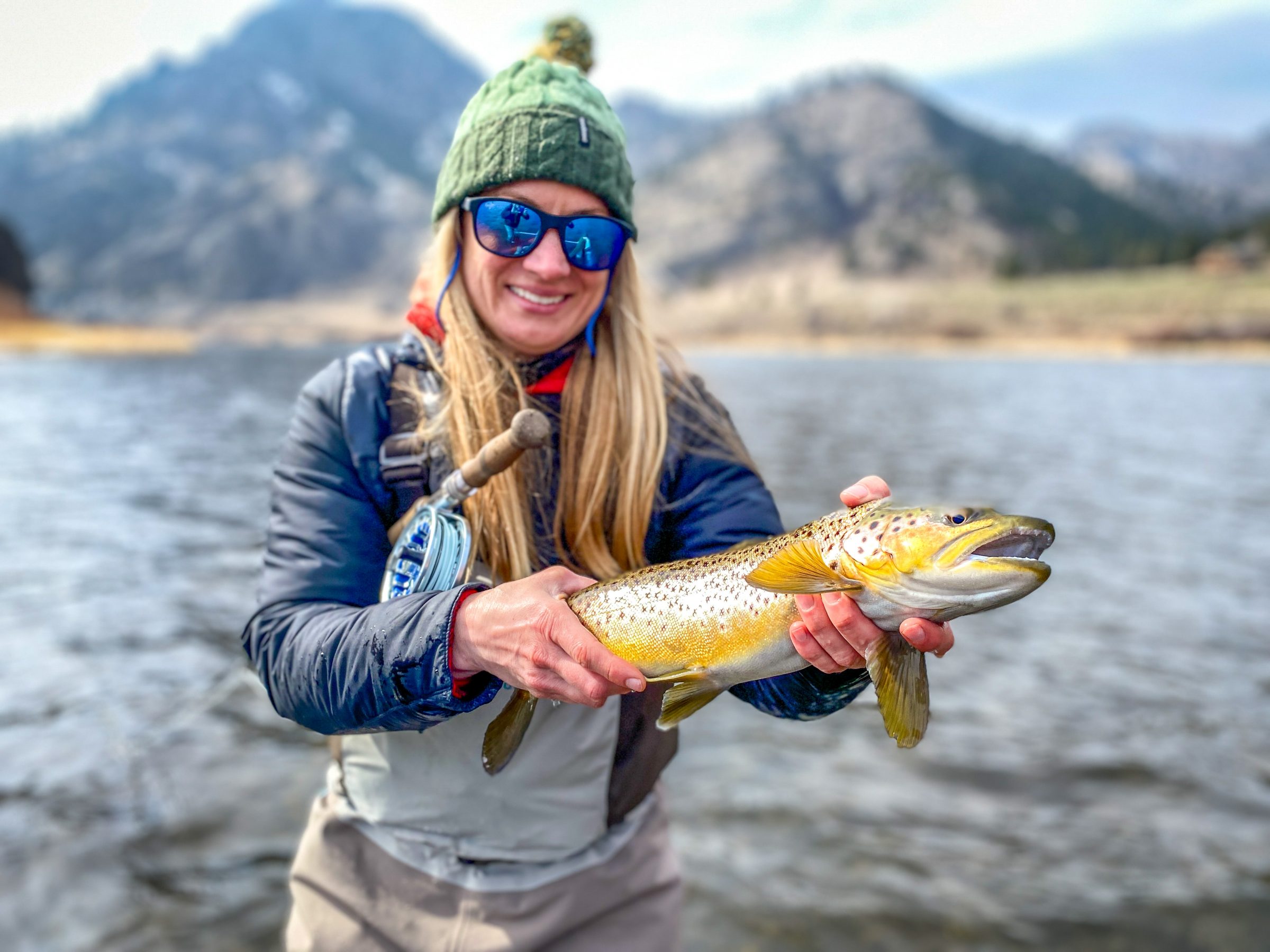
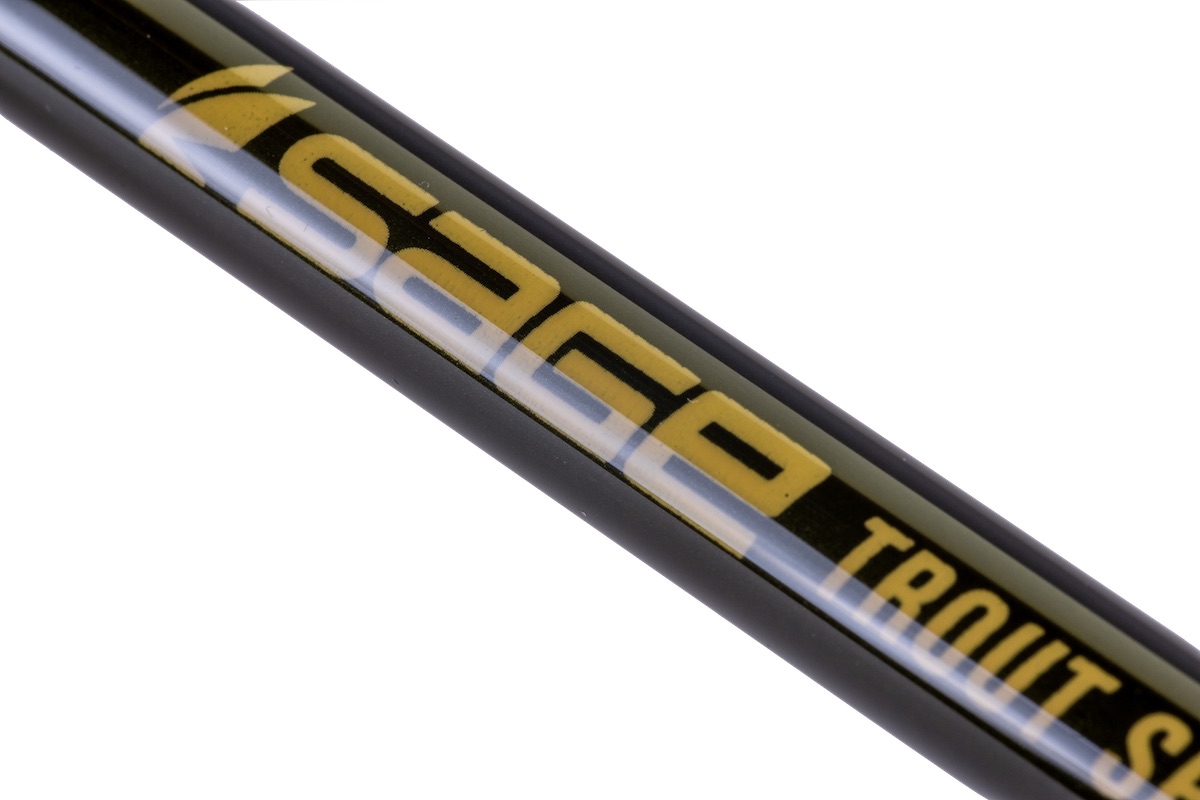
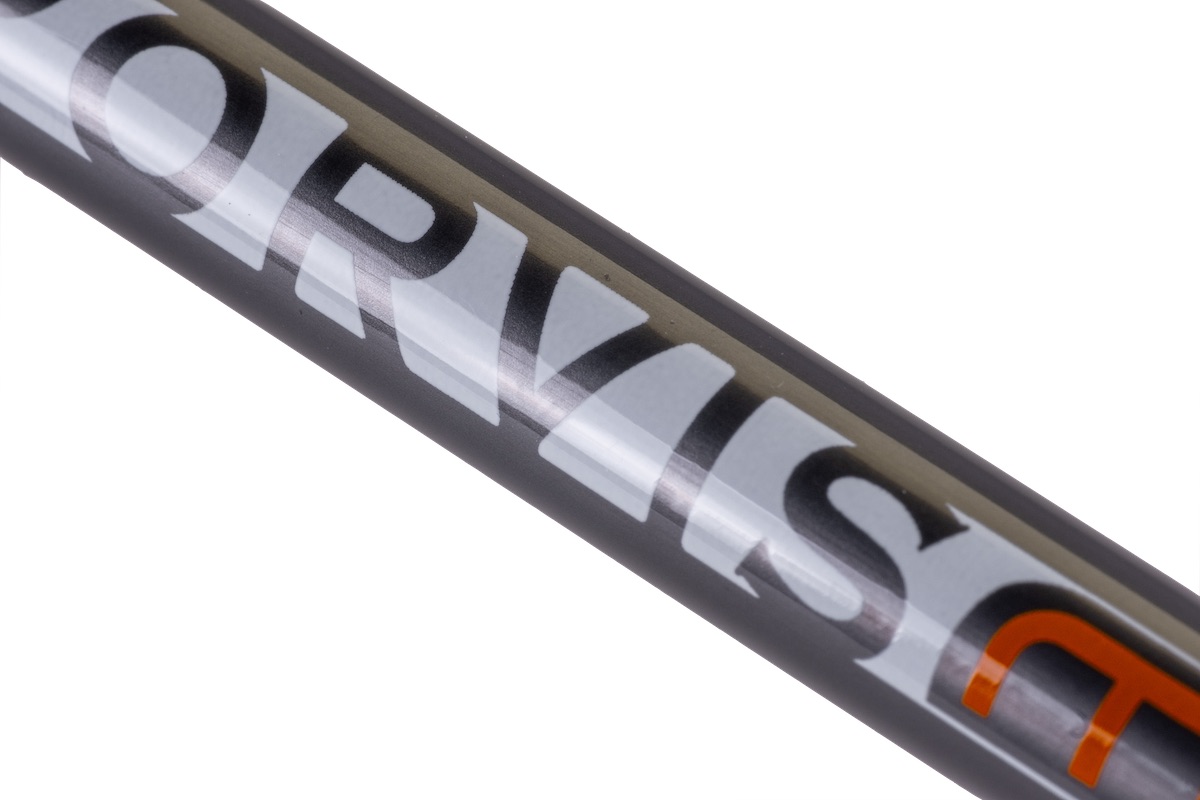
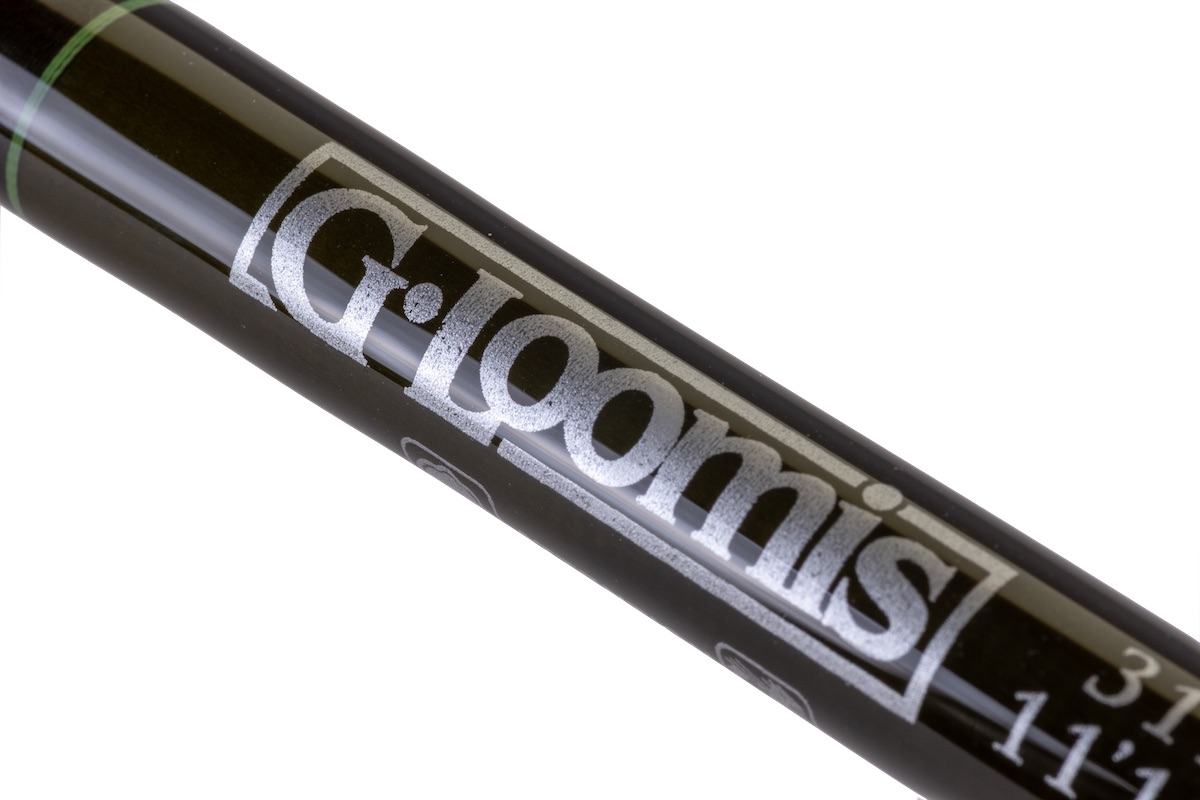
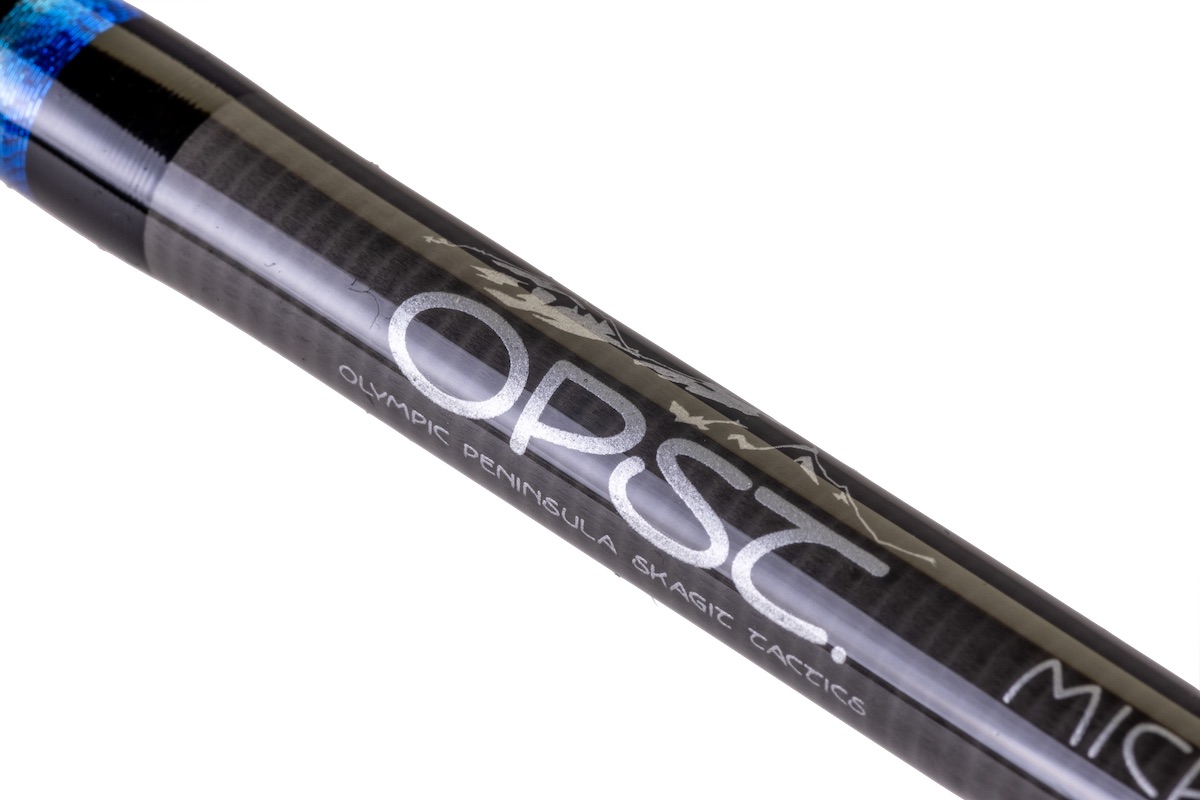
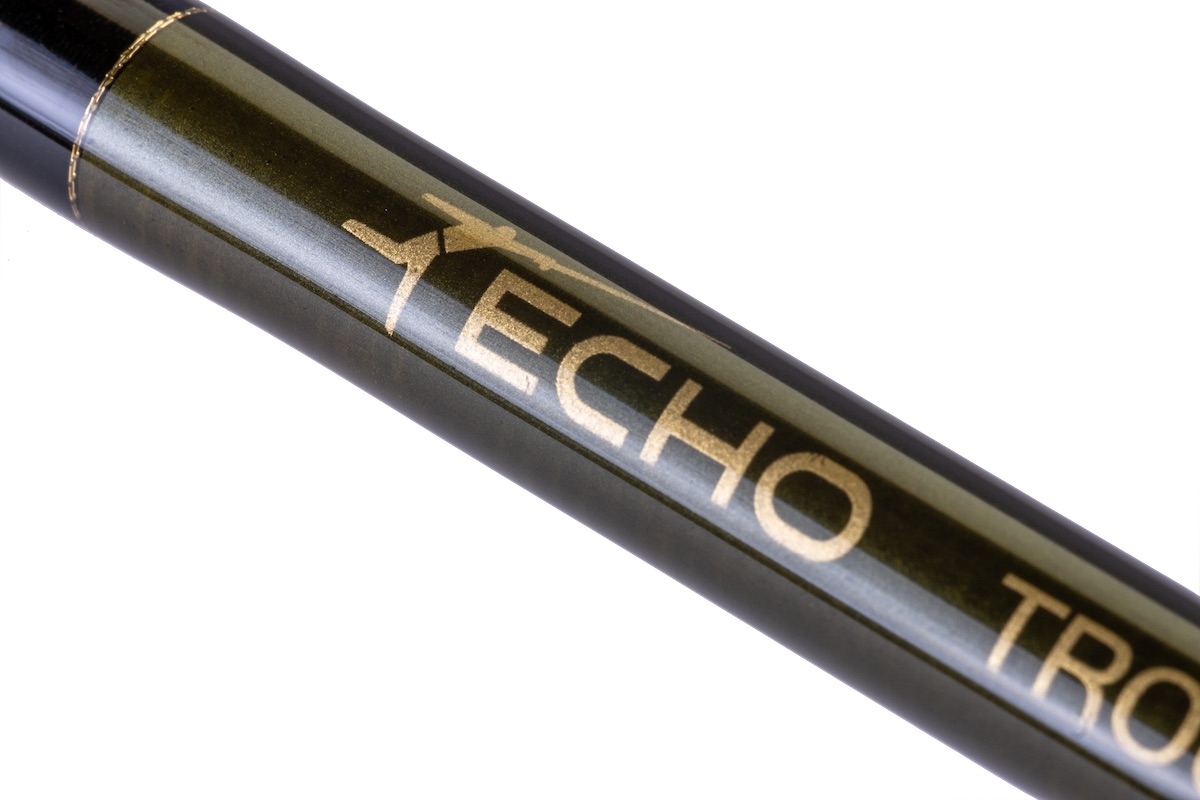
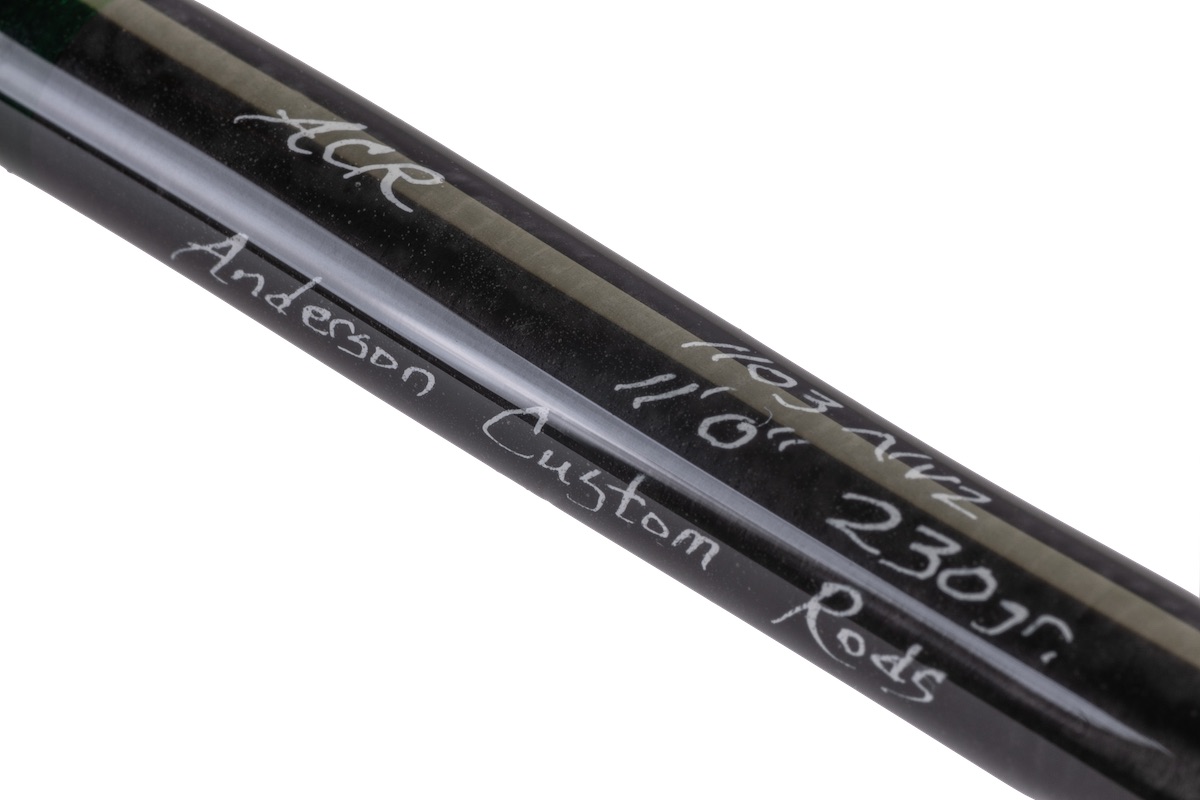
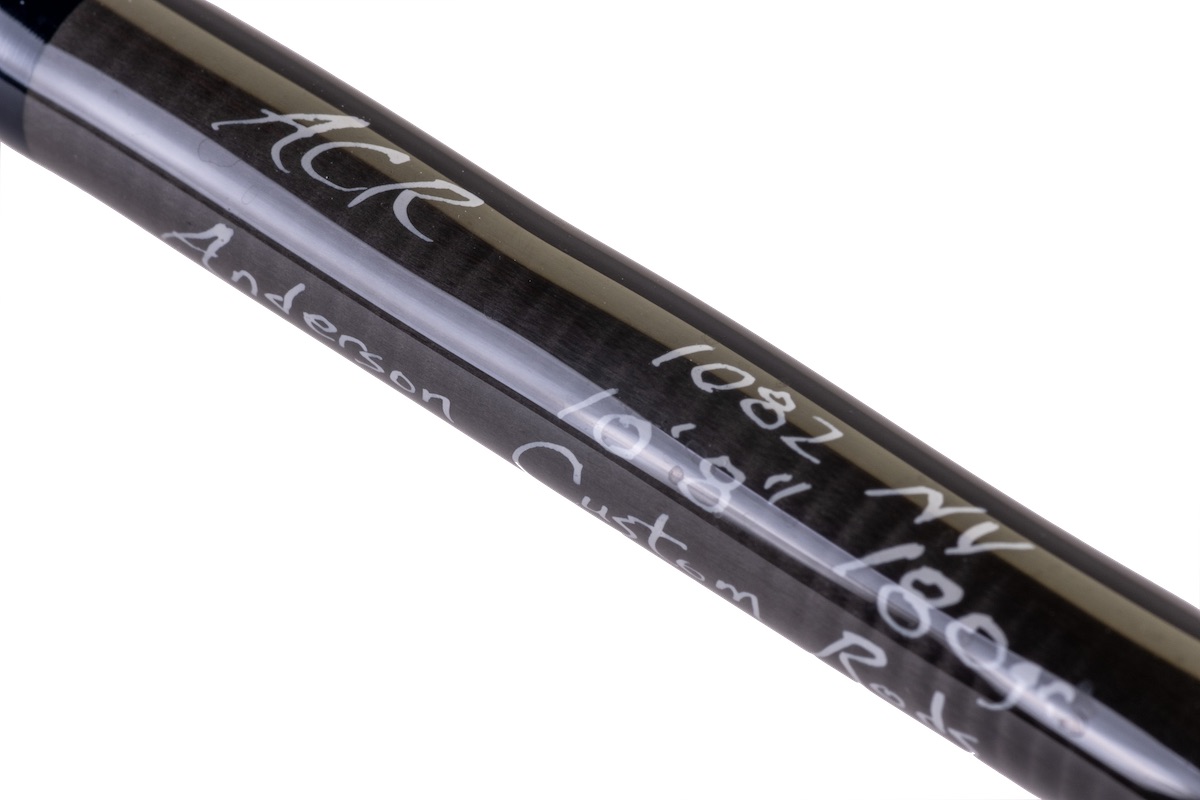

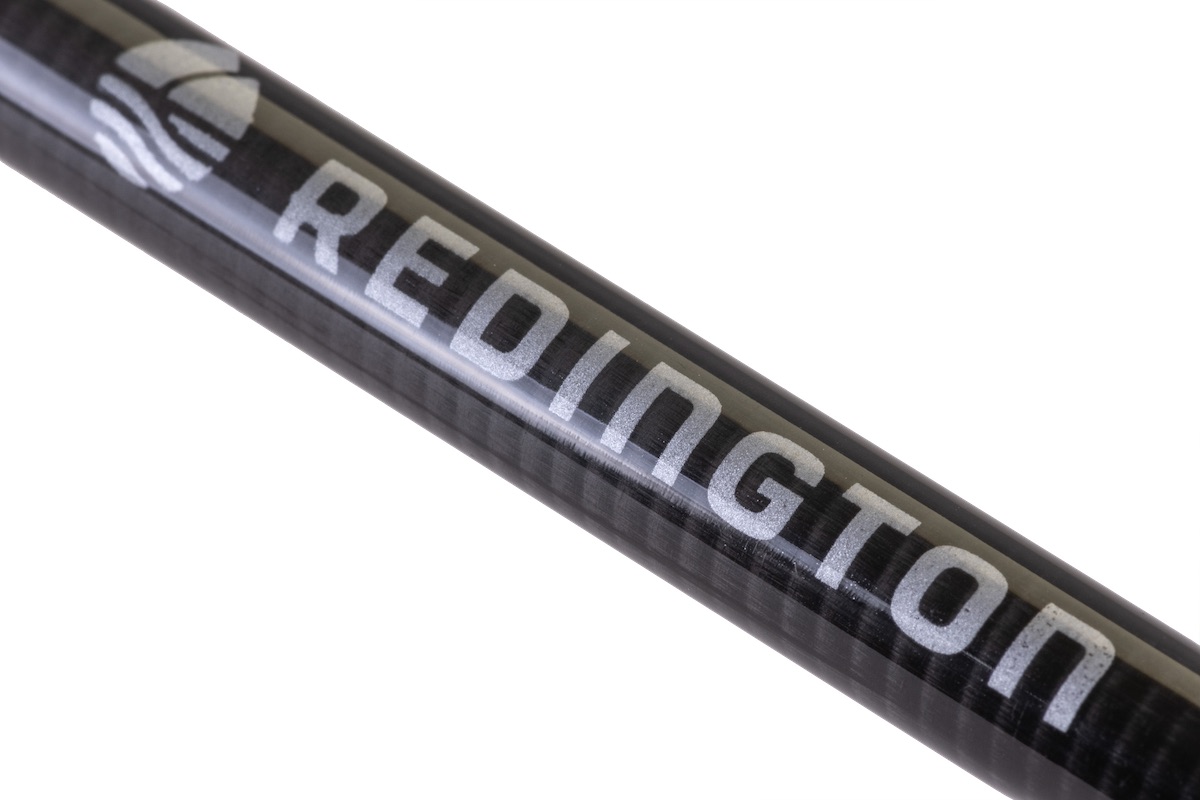
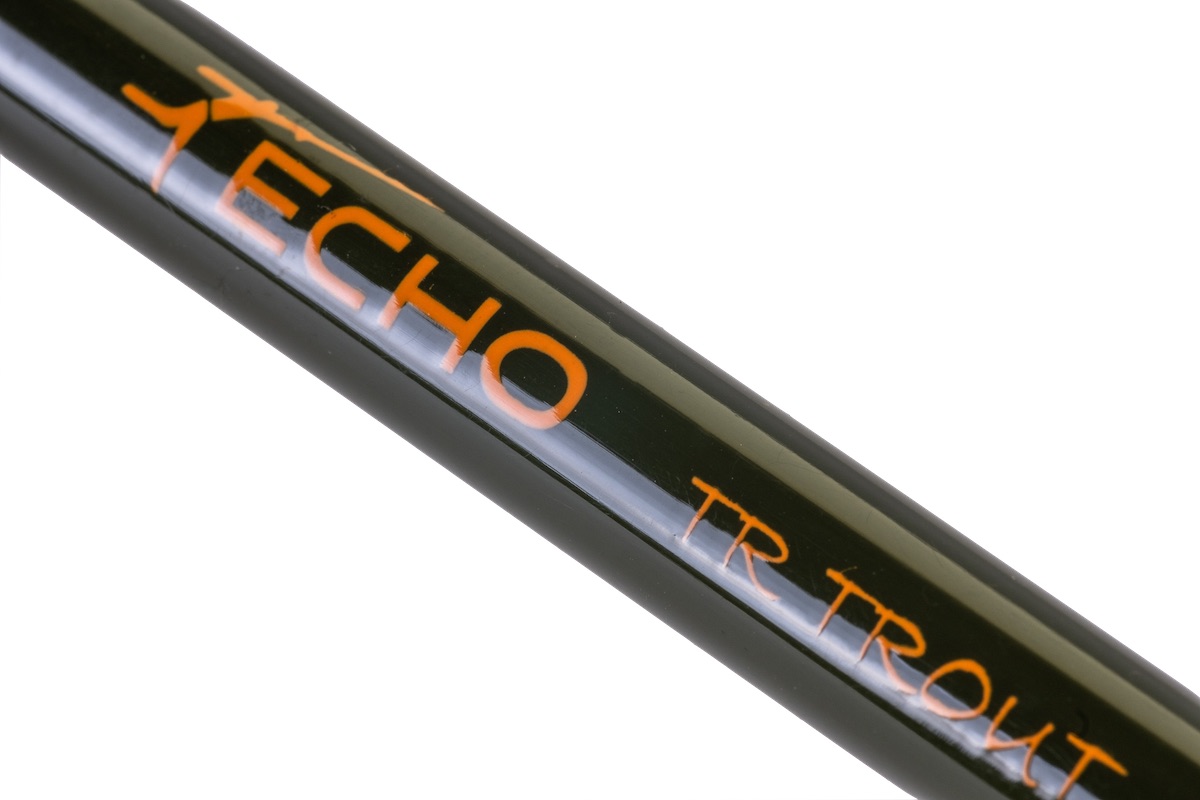
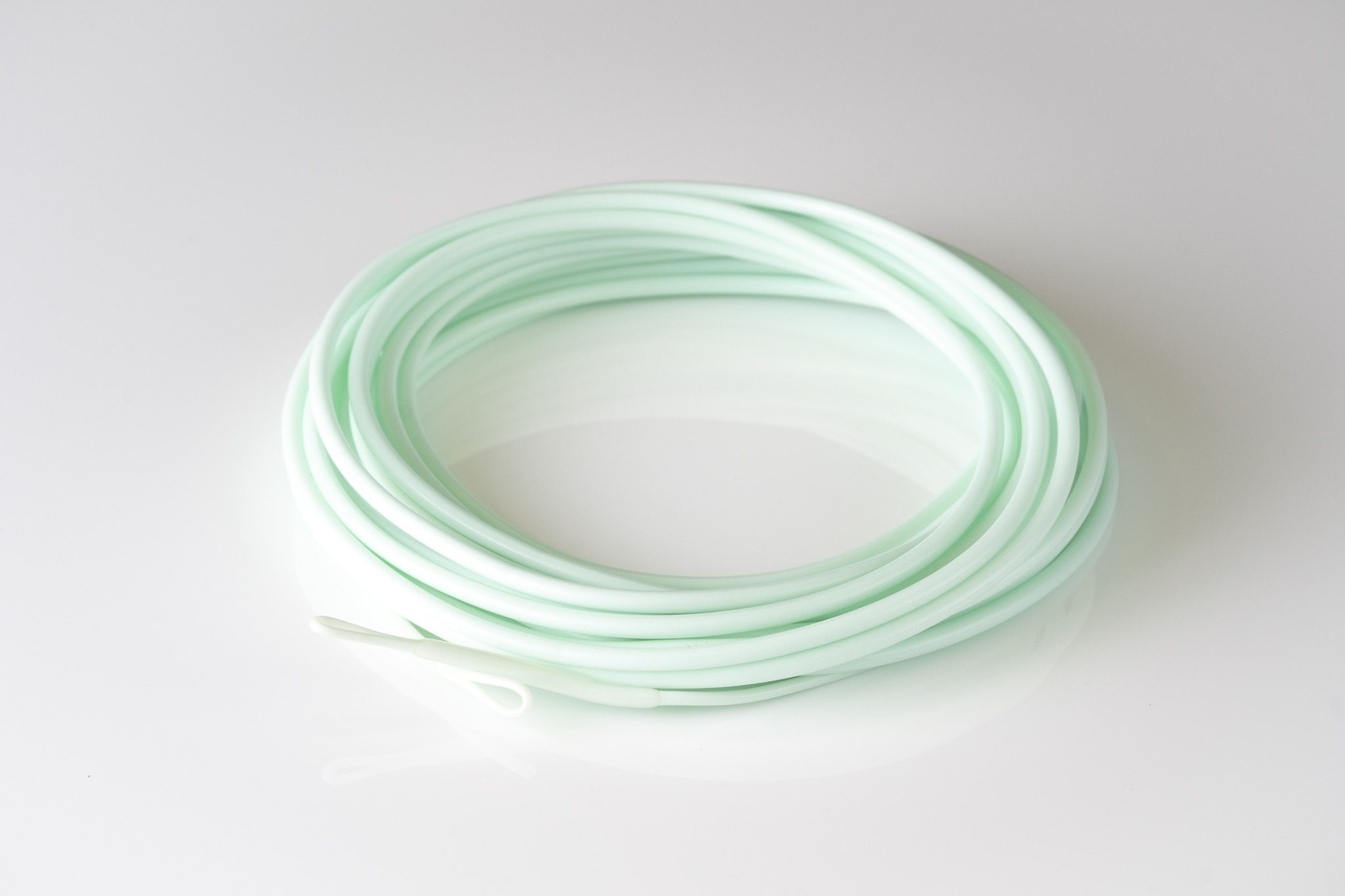
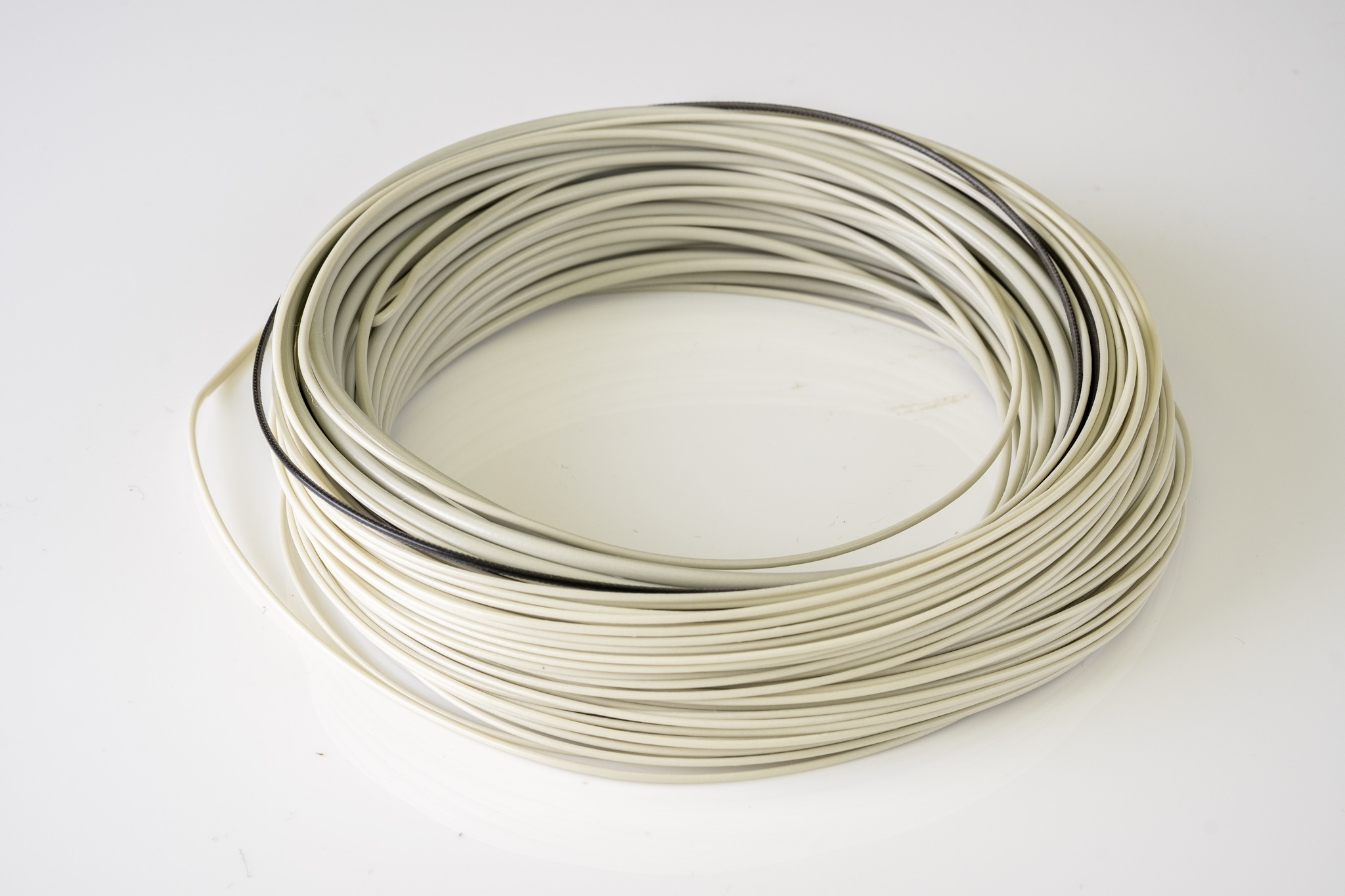
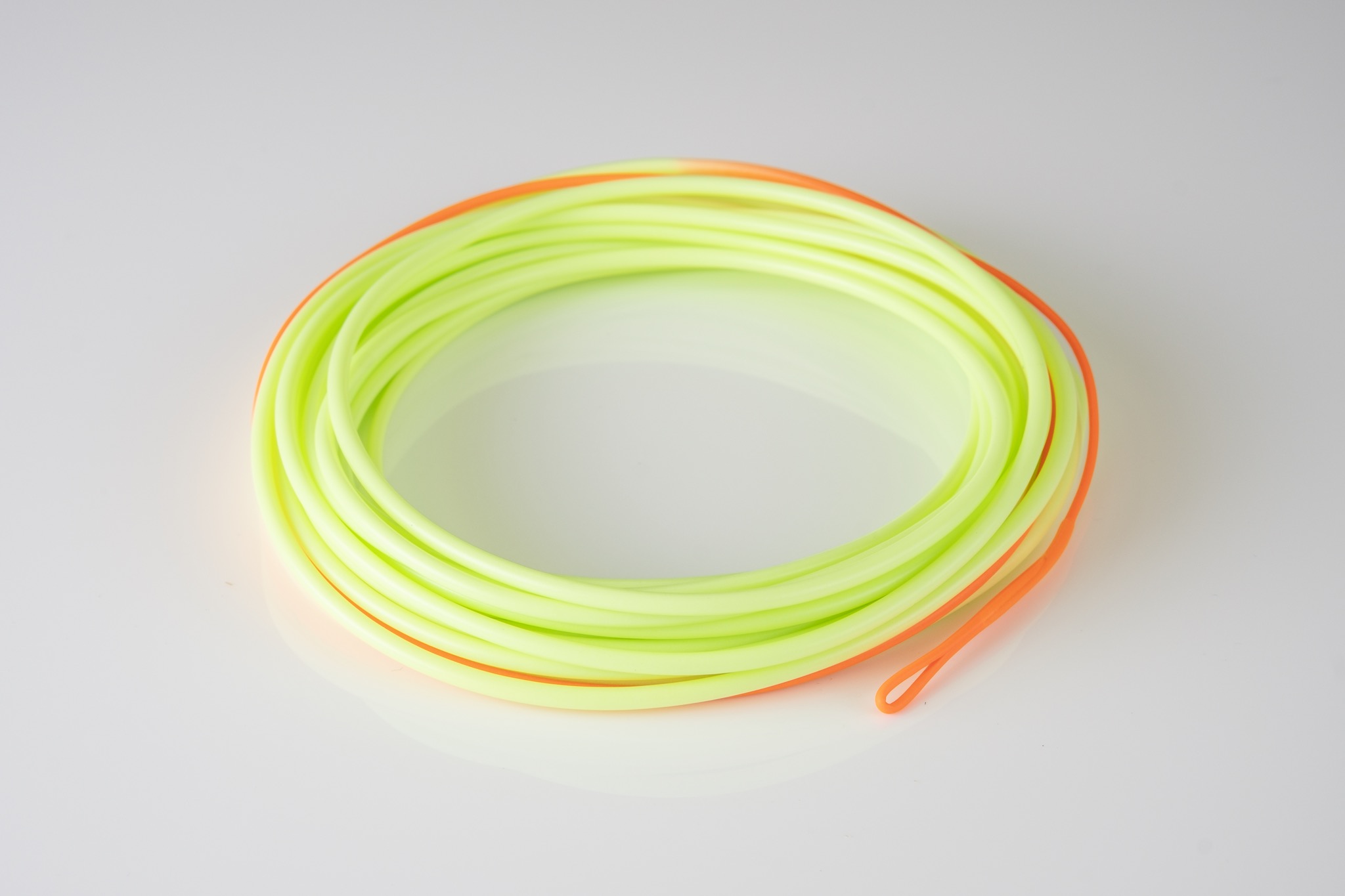
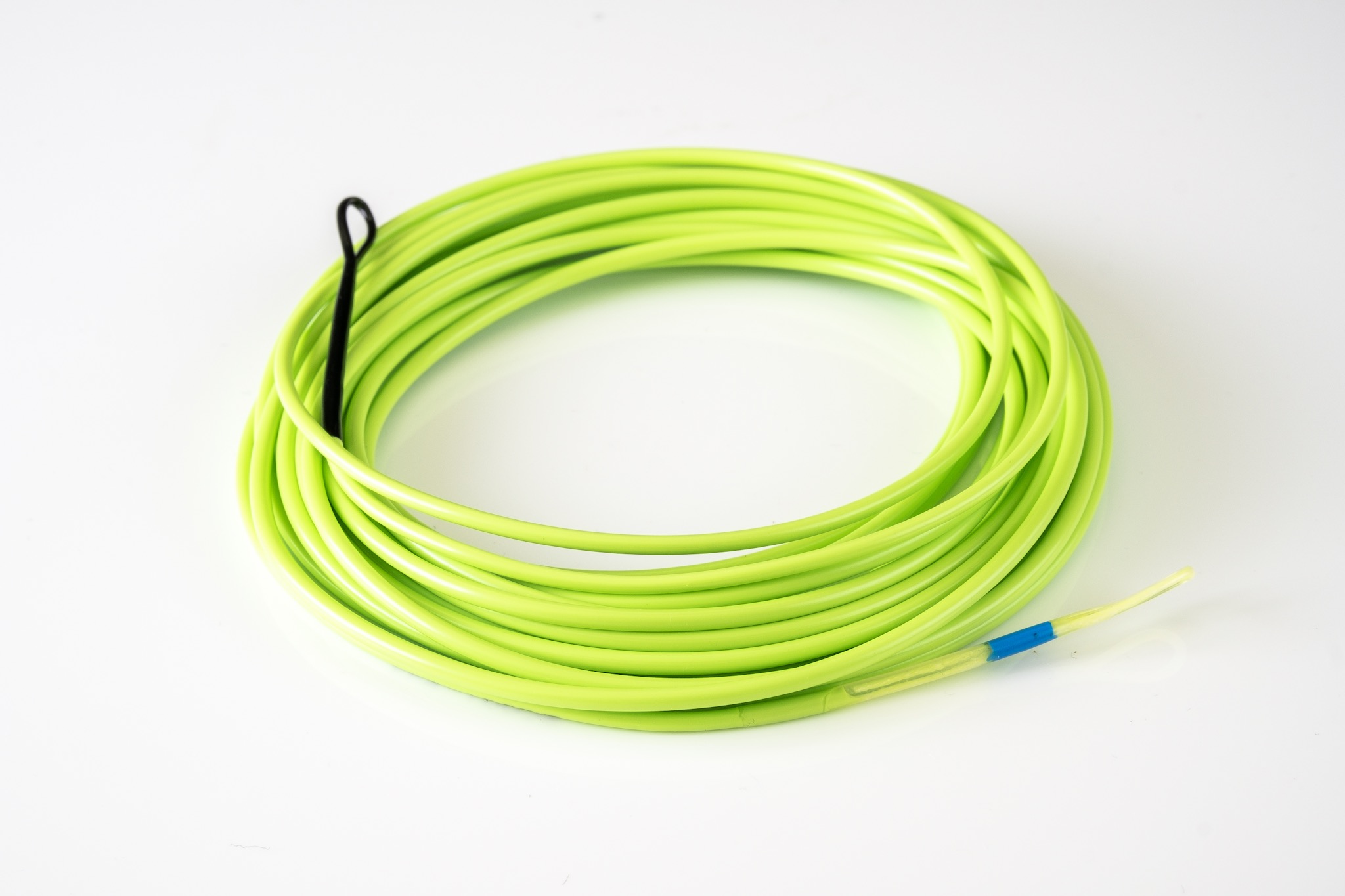
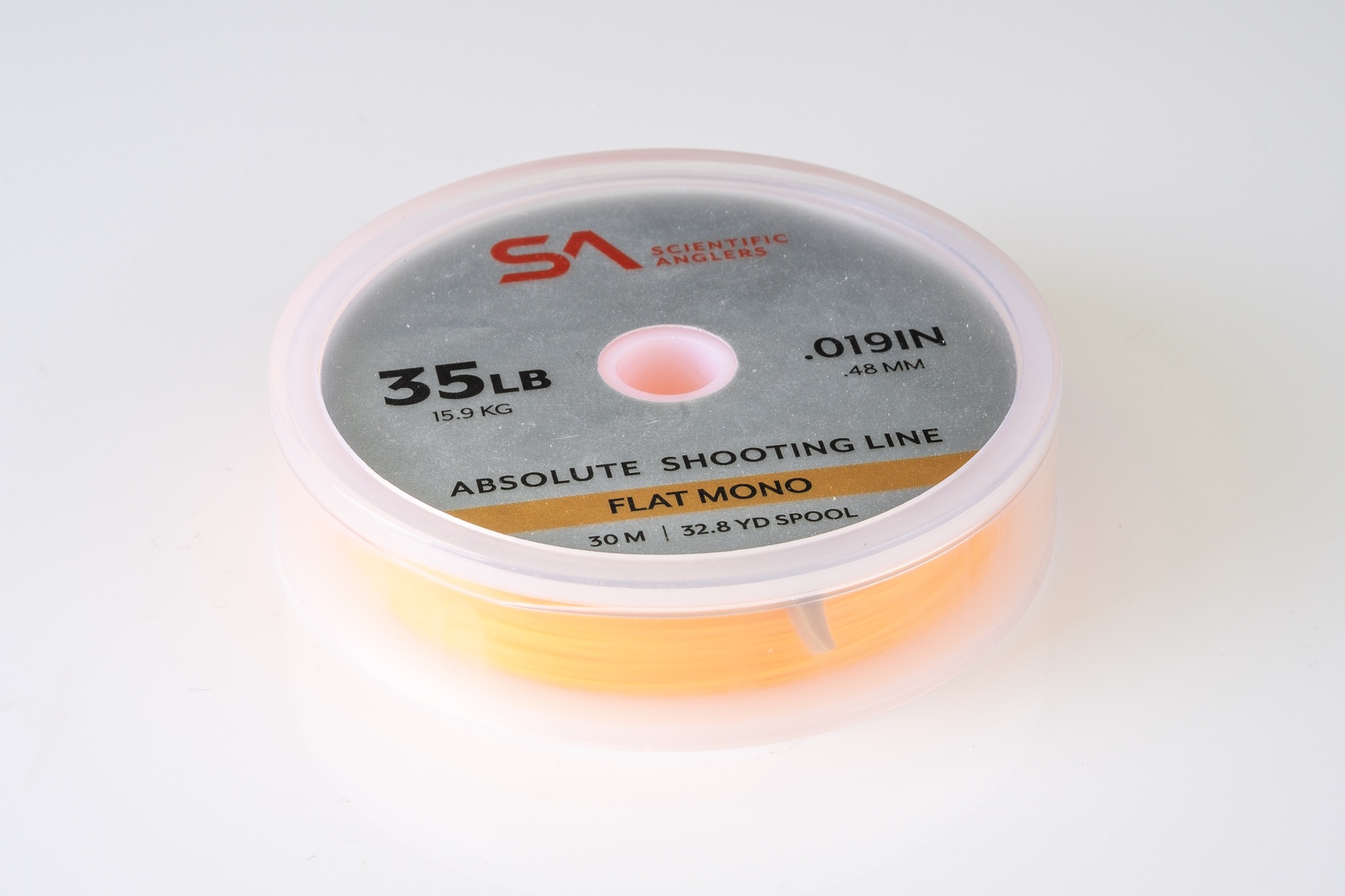
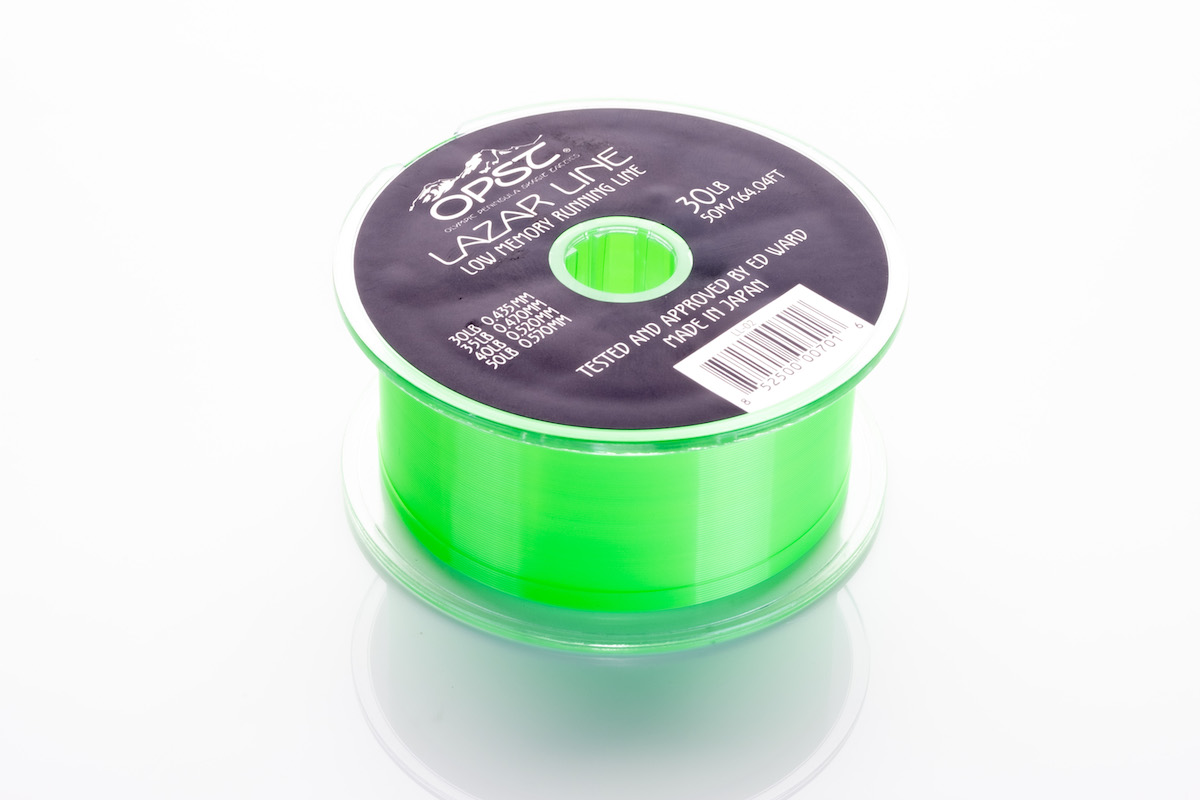
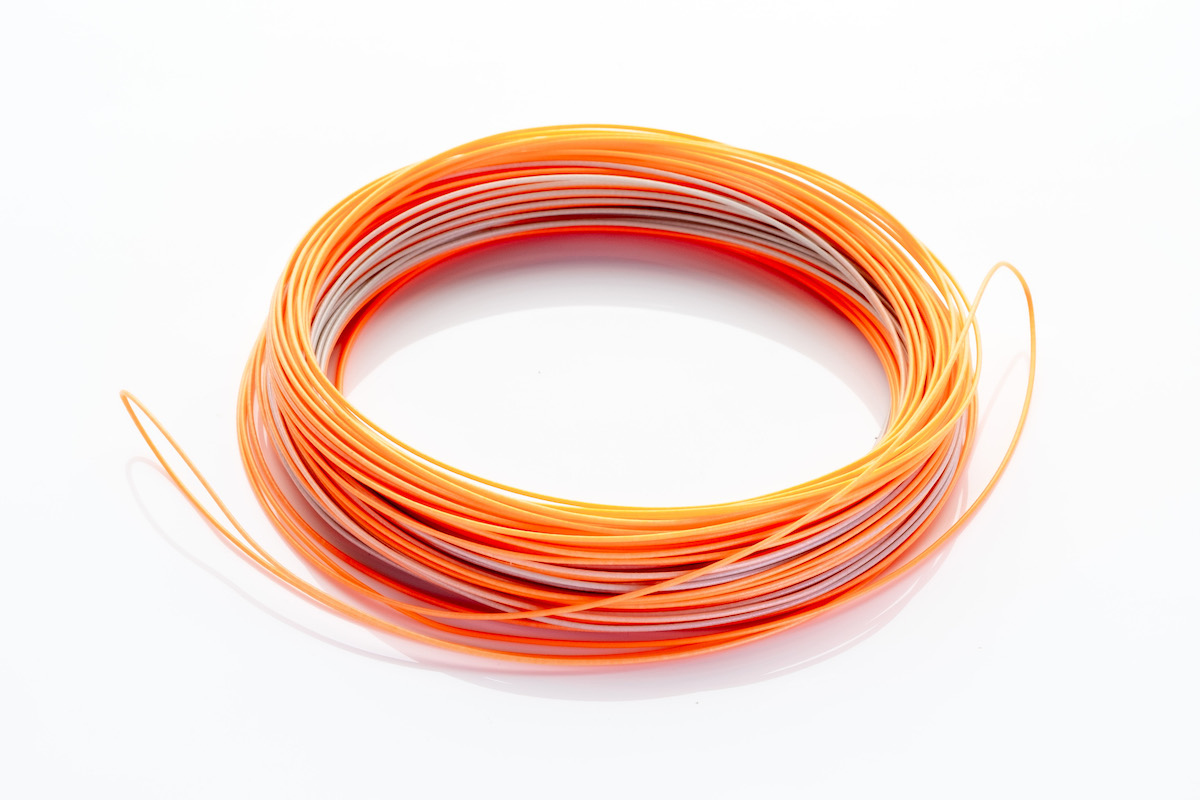
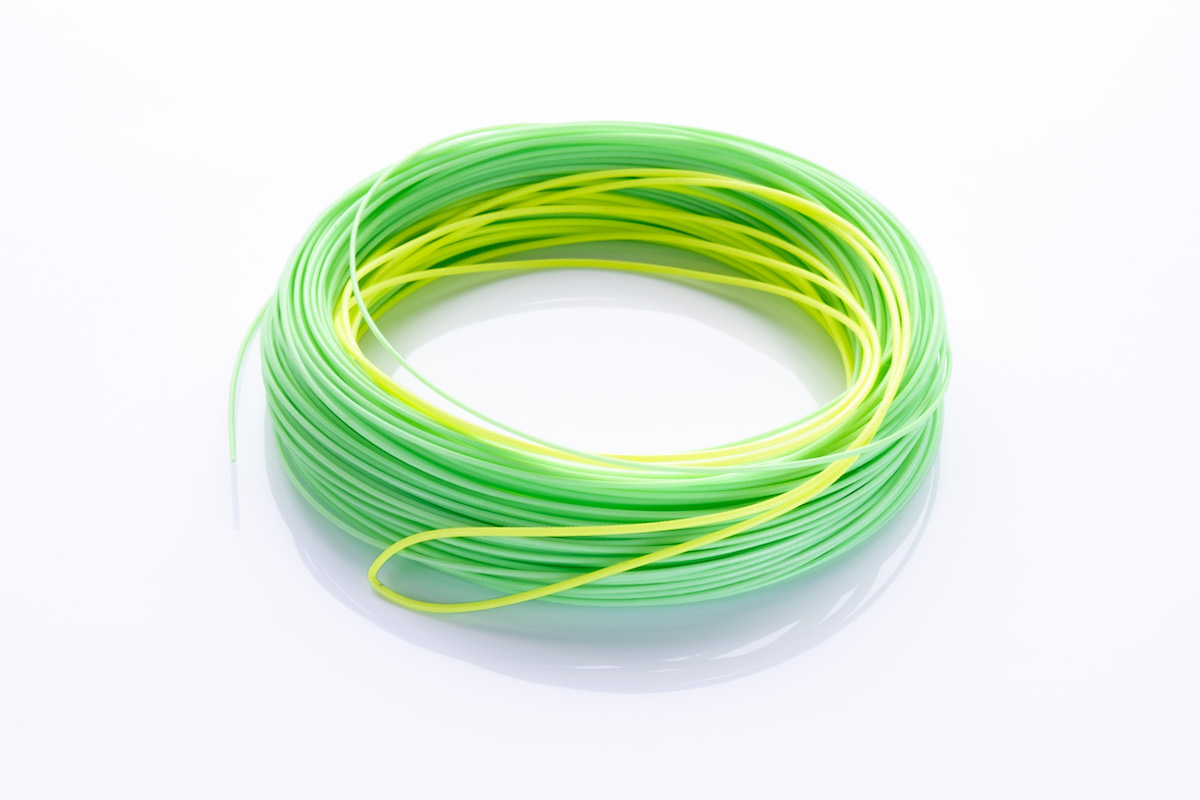
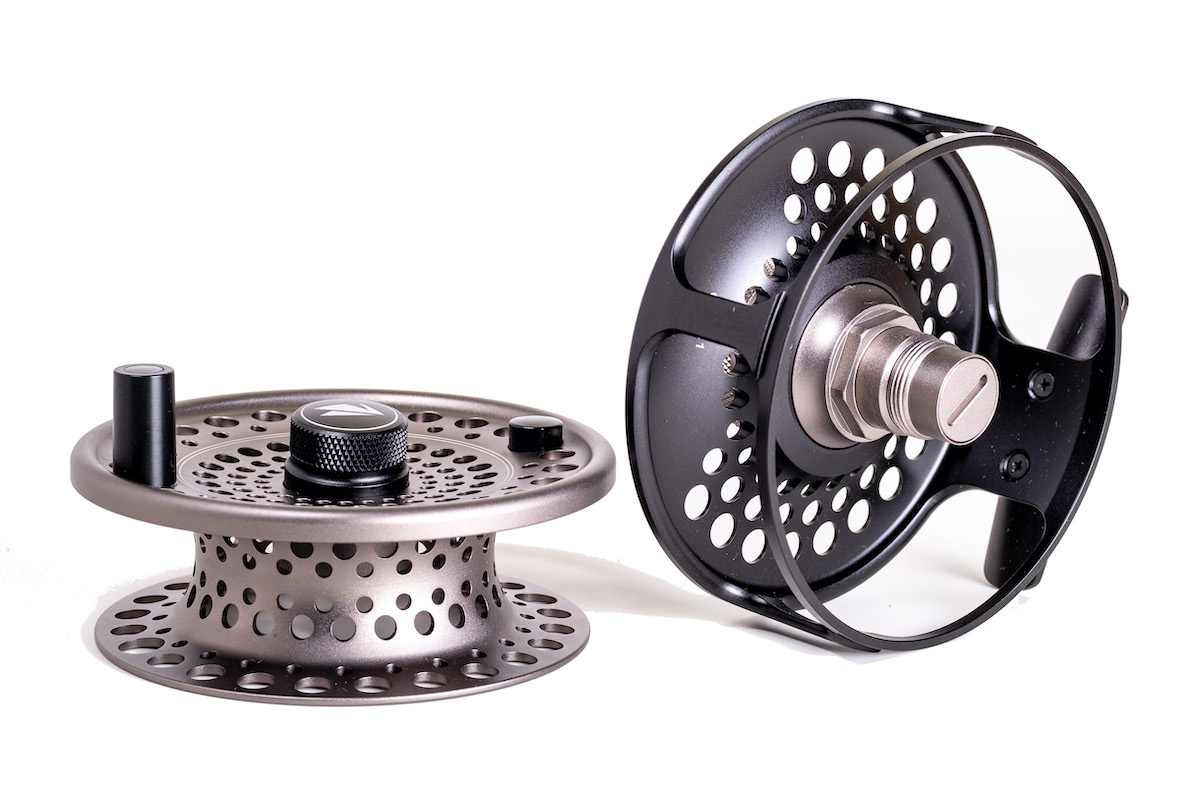
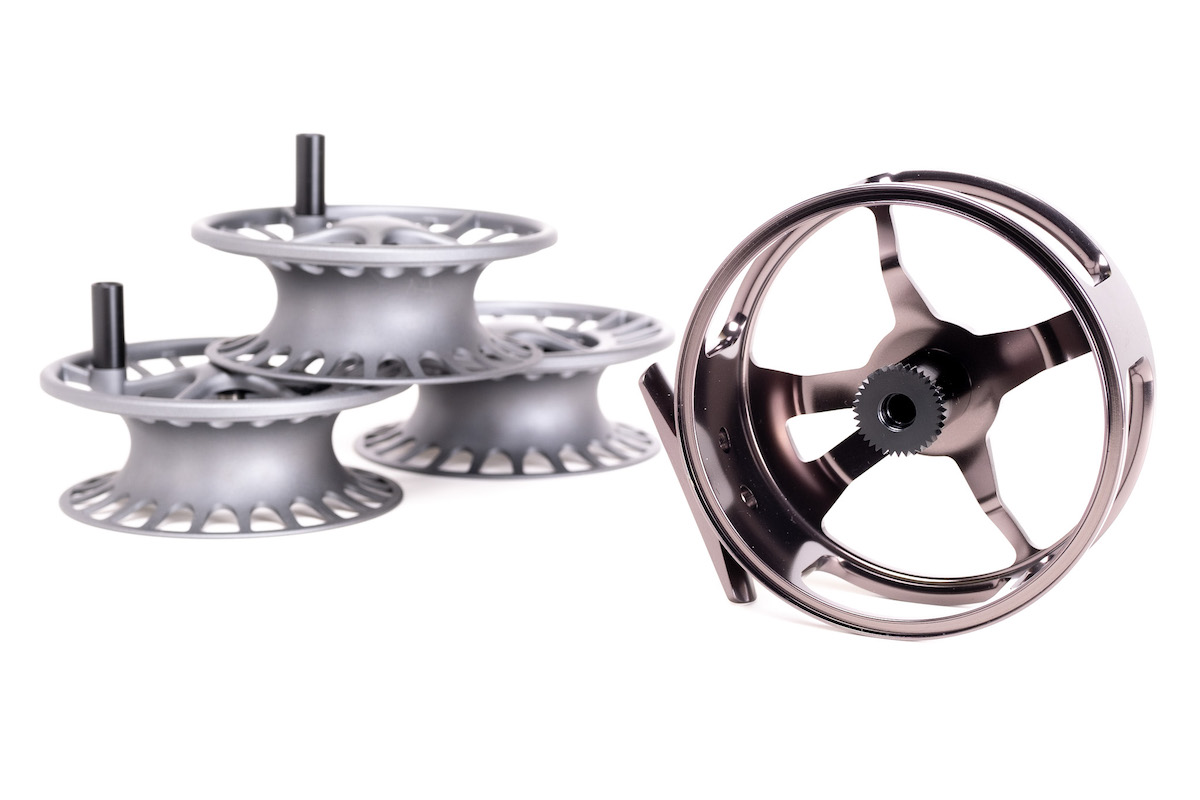
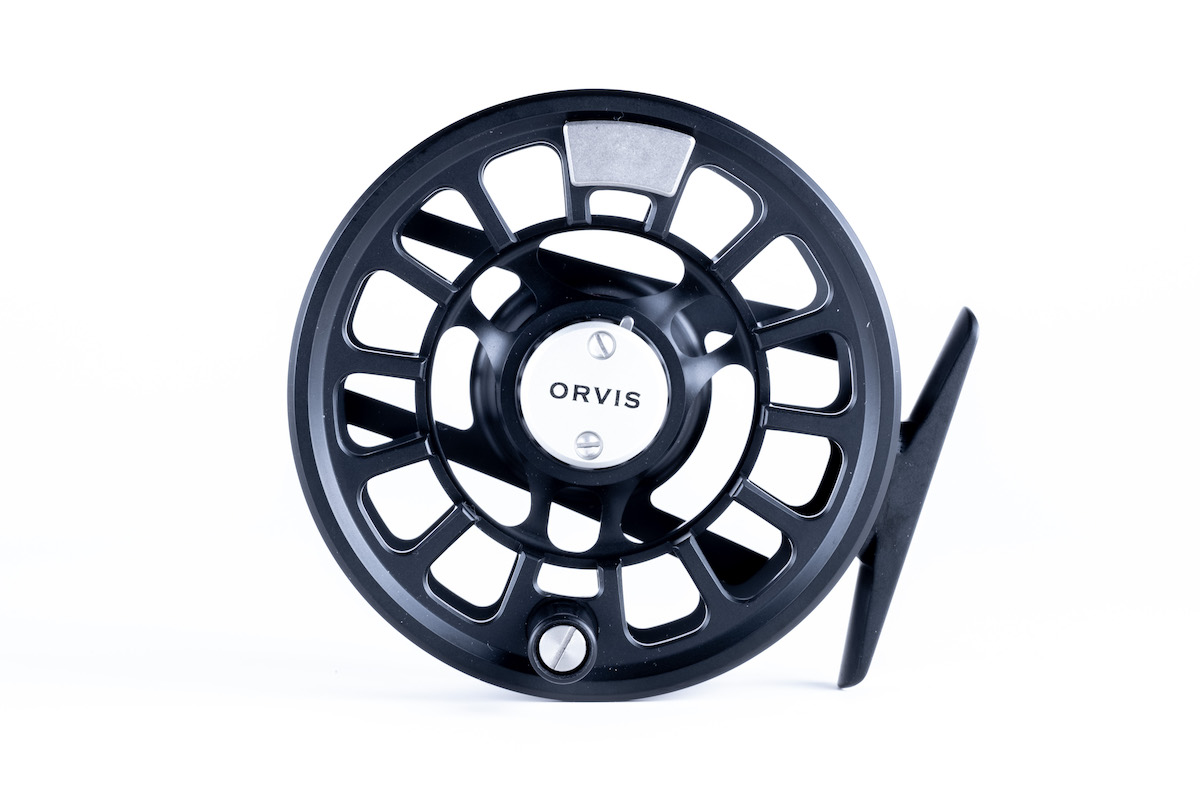

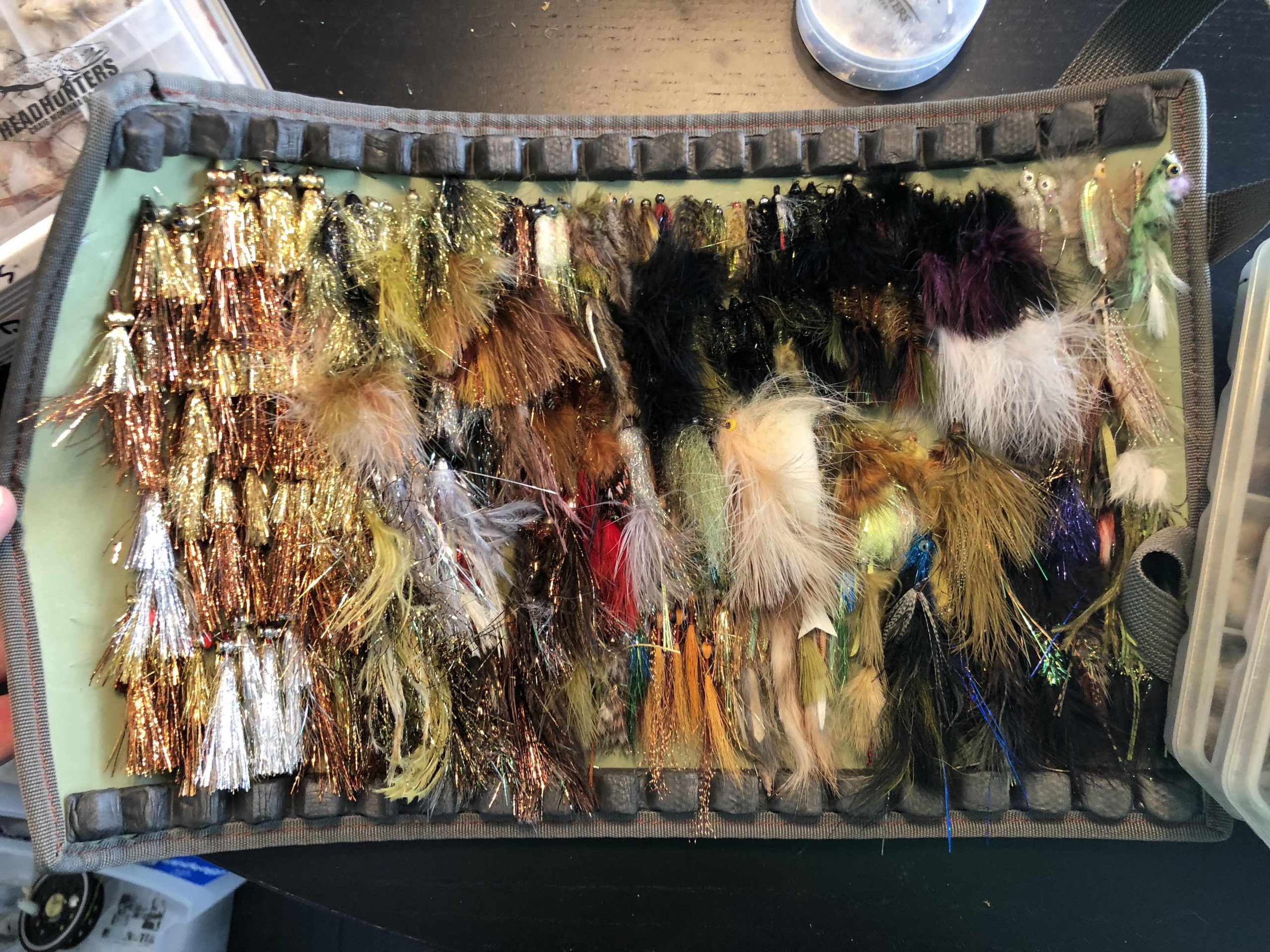
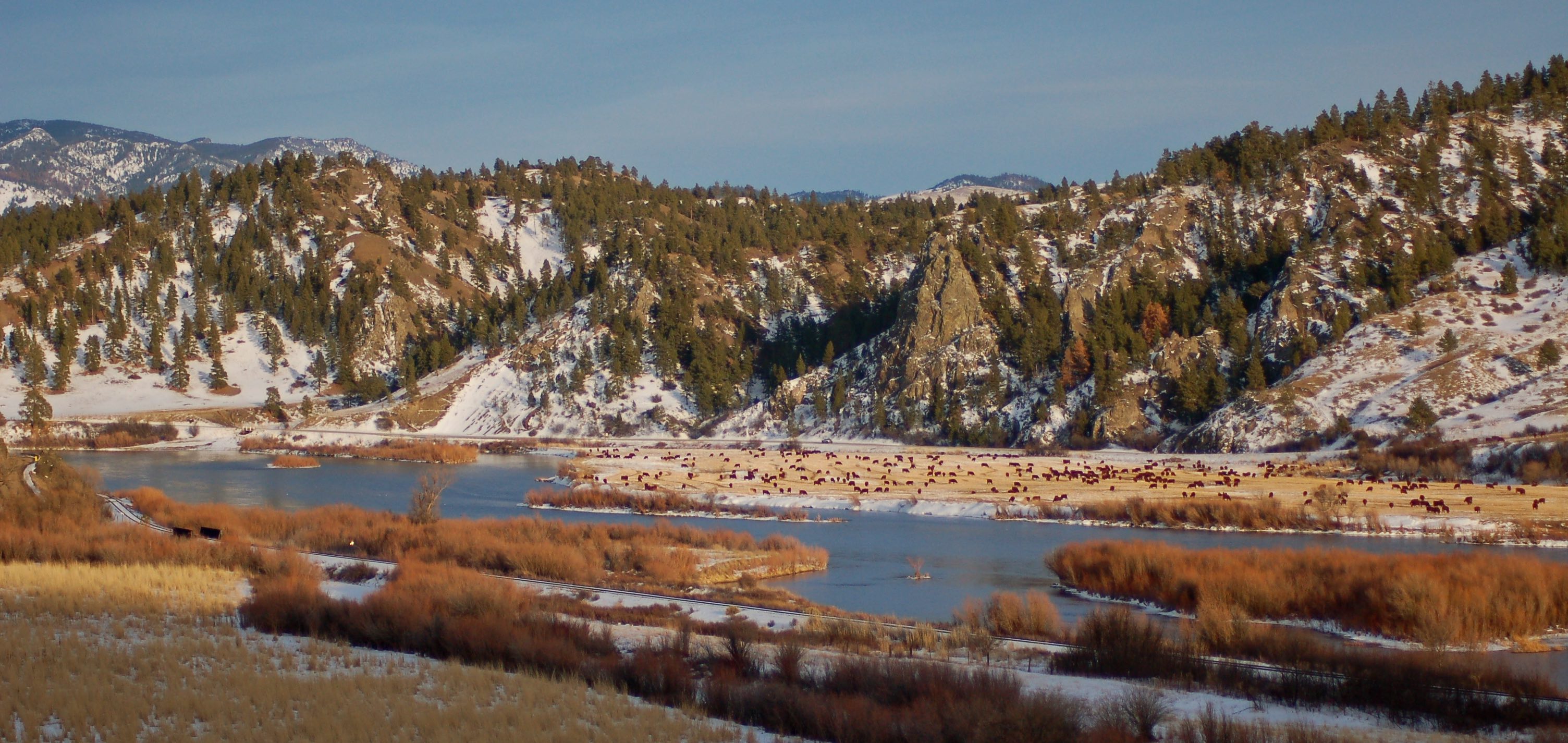
4 Comments.
Well put together info on all things trout spey! Headhunters rocks! Can’t wait to get some swinging in this Nov, hopefully with better conditions than last Nov (15 degrees and snow, but still caught a few).
With no trout spey camp this year and all the rods and lines to test out, reading about new gear is still pretty fun.
I’m curious about what line combos you’ve tried on the OPST rods, is it all Commando all the time or have tried any scandi heads on them? Since I’m over on the other side of the hill fishing some of the freestones mentioned I’ve been curious about these short, versatile rods.
Last year was fun, I hope you guys and gals can make it happen again in 2021.
There should be no problem using the SA Spey Lite Scandi head with some mono shooting line. Because there is limited availability of the OPST Micro Skagit rods, we haven’t put many into demo, and haven’t spent a ton of time trying various lines on them. But we plan to this winter.
That’s an incredible photo of the woman holding the massive brown. So much color! Yet another photographic masterpiece by John Arnold.